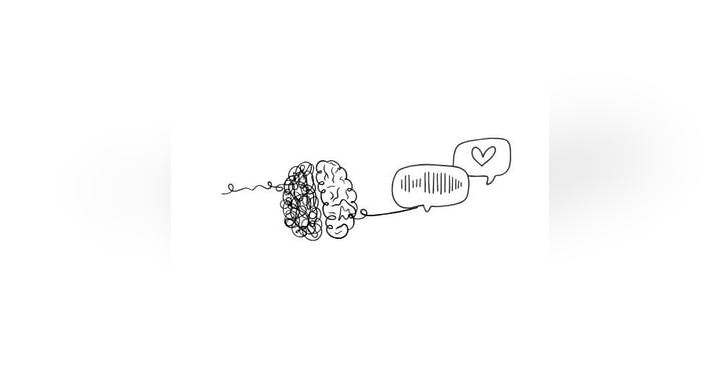Frequently Asked Questions about Anxiety vs Panic Unraveling the Differences

Relatable and empowering FAQs
This guide helps strong, resilient women distinguish between anxiety vs panic disorders. Join the conversation to prioritize mental wellness, break stigmas, and foster a supportive community.
1. What's the main difference between anxiety vs panic disorder?
While both terms describe feelings of fear and apprehension, they differ in their triggers and durations. Anxiety disorder revolves around excessive worry about future events, whereas panic disorder involves recurring, unexpected panic attacks—surges of intense fear and discomfort that peak within minutes.
2. What does a panic attack feel like?
A panic attack is characterized by abrupt surges of intense fear that peak within minutes. Symptoms may include palpitations, sweating, trembling, shortness of breath, a feeling of impending doom, or a loss of control.
3. Can anxiety attacks lead to panic attacks?
Yes, in some cases, severe anxiety attacks can escalate into panic attacks. However, it's crucial to note that not everyone who has anxiety will experience panic attacks.
4. Are there physical symptoms associated with both anxiety vs panic?
Absolutely. Both anxiety and panic disorders can bring about physical symptoms such as dizziness, rapid heartbeat, sweating, trembling, and shortness of breath.
5. How can I tell if I have an anxiety vs panic disorder?
It's essential to consult a healthcare provider for a definitive diagnosis. However, if you consistently worry about everyday situations out of proportion to the actual event, it could be an anxiety disorder. On the other hand, if you experience repeated, unexpected bouts of intense fear, it could point to a panic disorder.
6. Can both anxiety disorder and panic disorder be treated?
Yes, both of these conditions are treatable. Treatment may involve psychotherapy, particularly cognitive-behavioral therapy (CBT), medications, or a combination of both.
7. Are certain people more likely to develop an anxiety vs panic disorder?
These conditions can affect anyone, regardless of age, sex, or socioeconomic status. However, they are more prevalent among women and often start during adolescence or early adulthood.
8. Can you have both an anxiety disorder and a panic disorder at the same time?
Yes, it's possible to have both conditions simultaneously. This is because panic disorder is a type of anxiety disorder, so a person could have panic disorder along with another form of anxiety disorder.
9. How common are anxiety disorders and panic disorders?
Anxiety disorders are the most common mental illness in the U.S., affecting 40 million adults every year, according to the Anxiety and Depression Association of America (ADAA). Panic disorder affects about 2–3% of the U.S. population.
10. Can self-care practices help manage anxiety and panic disorders?
Yes, self-care practices such as regular physical activity, adequate sleep, a balanced diet, and mindfulness exercises can complement therapeutic interventions, helping manage symptoms.
Randi Owsley, LMSW, is a skilled and compassionate Licensed Master of Social Work and clinical psychotherapist who lends her expertise as the co-host of the "Women's Mental Health" podcast. With a Masters in Clinical Social Work from the prestigious University of Southern California, Randi has honed her specialization in women's mental health issues, trauma, grief, and personality disorders. To learn more about Randi and the valuable insights she shares, visit her websites at randiowsley.com and heyrandi.com.













